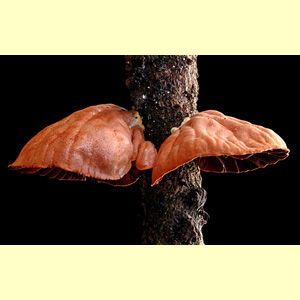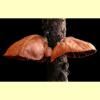


Bougher, N.L. & Syme, K. (1998), Fungi of Southern Australia. University of Western Australia Press, Nedlands. [Description, Illustration and Microcharacters of A. archeri]
Fuhrer, B. (2005), A Field Guide to Australian Fungi. Bloomings Books, Hawthorn. [Description and Illustration of A. archeri]
Fuhrer, B. & Robinson, R. (1992), Rainforest Fungi of Tasmania and South-east Australia. CSIRO Press, East Melbourne. [Illustration of A. archeri]
Grey, P. & Grey, E. (2005), Fungi Down Under. Fungimap, South Yarra. [Description, Illustration and Map of A. archeri]
Griffiths, K. (1985), A Field Guide to the Larger Fungi of the Darling Scarp and South West of Western Australia. Published by the author. [Illustration of A. archeri]
Hood, I.A. (2003), An Introduction to Fungi on Wood in Queensland. University of New England, School of Environmental Sciences and Natural Resources Management, Armidale. [Description and B&W Illustration of A. archeri]
McCann, I.R. (2003), Australian Fungi Illustrated. Macdown Productions, Vermont. [Illustration of A. archeri]
Pegler, D.N. & Young, T.W.K. (1989), The genus Anthracophyllum (Tricholomataceae Tribe Collybieae), Mycol. Res. 93: 352–362. [Description, B&W Illustration and Microcharacters of A. archeri, and Key to all species of the genus]
Segedin, B.P. (1994), Studies in the Agaricales of New Zealand: new records and new species of the genera Cheimonophyllum, Mniopetalum, and Anthracophyllum (Tricholomataceae, Collybieae), New Zealand J. Bot. 32: 61–72. [Description, B&W Illustration and Microcharacters of A. archeri from New Zealand]
Wood, A.E. (1983), Notes on Australian fungi, Sydowia 36: 326–330. [Description and Microcharacters of A. archeri]
Young, A.M. (2005b), A Field Guide to the Fungi of Australia. University of New South Wales Press, Sydney. [Description and Illustration of A. archeri]
